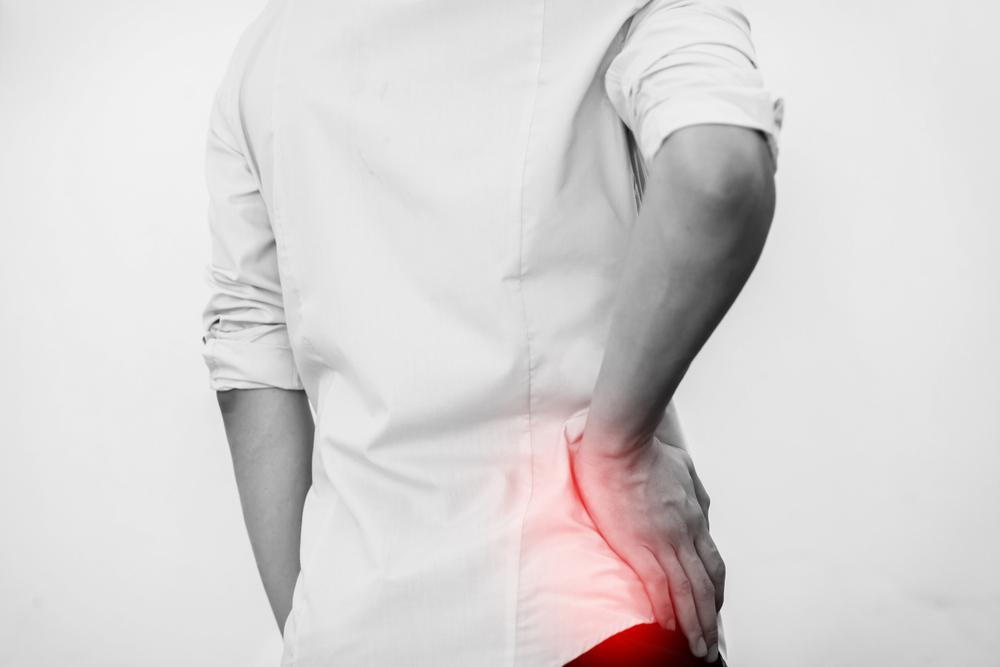Top 5 Most Common Symptoms of Sciatica

- posted: Oct. 15, 2019
Top 5 Most Common Symptoms of Sciatica
Learn the Common Signs of Sciatica With Our Arlington Heights Chiropractor
Sciatica is a common syndrome that can cause uncomfortable symptoms. Sometimes, these symptoms can be so debilitating a person may not be able to work. At the Arlington Chiropractic Clinic, our chiropractor staff is determined to help people understand the warning signs of sciatica so they'll know when to seek help.
The Top 5 Symptoms of Sciatica
The right and left sciatic nerves exit the spinal cord in the lower back. They provide motor and sensory information to and from the legs. With sciatica, the nerve root becomes pinched and irritated by something—usually a herniated disc, bulging disc, abnormal joint space, or bony cyst.
When the sciatica nerve compression happens, several signs and symptoms can develop (usually in one leg, but sometimes in both). Here are the top ones to look out for:
- Sciatic nerve pain in the buttocks, groin, and leg. This is often described as sharp, shooting, searing, burning, or throbbing. The pain can travel down the leg into the foot.
- Leg weakness. A person may drag their toe while walking or find themselves tripping frequently.
- Numbness and tingling in the leg. A person with sciatica may complain about a "pins and needles" sensation or the feeling that their leg fell asleep.
- Low back pain. For most people with sciatica, leg pain is the primary complaint. But sometimes, soreness, achiness, and stiffness can also develop in the low back.
- Pain which changes with the time of day or activity. For instance, your pain may become worse or move further down your leg if you bend forward or sit for too long. Your pain may also get worse if you stand for too long, or when you first wake up in the morning.
Could You Be Experiencing Sciatic Nerve Pain?
If you notice sciatica symptoms, call our Arlington Heights chiropractor team at (847) 259-4493. We can help alleviate your symptoms naturally while also helping you identify and address the underlying causes of your condition.

- posted: Oct. 15, 2019
Top 5 Most Common Symptoms of Sciatica
Learn the Common Signs of Sciatica With Our Arlington Heights Chiropractor
Sciatica is a common syndrome that can cause uncomfortable symptoms. Sometimes, these symptoms can be so debilitating a person may not be able to work. At the Arlington Chiropractic Clinic, our chiropractor staff is determined to help people understand the warning signs of sciatica so they'll know when to seek help.
The Top 5 Symptoms of Sciatica
The right and left sciatic nerves exit the spinal cord in the lower back. They provide motor and sensory information to and from the legs. With sciatica, the nerve root becomes pinched and irritated by something—usually a herniated disc, bulging disc, abnormal joint space, or bony cyst.
When the sciatica nerve compression happens, several signs and symptoms can develop (usually in one leg, but sometimes in both). Here are the top ones to look out for:
- Sciatic nerve pain in the buttocks, groin, and leg. This is often described as sharp, shooting, searing, burning, or throbbing. The pain can travel down the leg into the foot.
- Leg weakness. A person may drag their toe while walking or find themselves tripping frequently.
- Numbness and tingling in the leg. A person with sciatica may complain about a "pins and needles" sensation or the feeling that their leg fell asleep.
- Low back pain. For most people with sciatica, leg pain is the primary complaint. But sometimes, soreness, achiness, and stiffness can also develop in the low back.
- Pain which changes with the time of day or activity. For instance, your pain may become worse or move further down your leg if you bend forward or sit for too long. Your pain may also get worse if you stand for too long, or when you first wake up in the morning.
Could You Be Experiencing Sciatic Nerve Pain?
If you notice sciatica symptoms, call our Arlington Heights chiropractor team at (847) 259-4493. We can help alleviate your symptoms naturally while also helping you identify and address the underlying causes of your condition.

